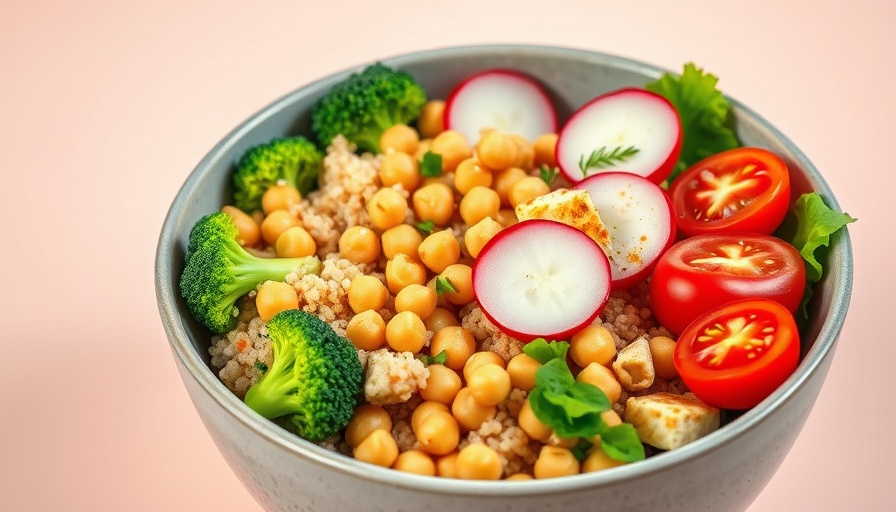
Understanding Fatty Liver Disease: A Growing Concern
Nonalcoholic fatty liver disease (NAFLD) is rapidly becoming the most common chronic liver disease, a troubling trend tied to the rise in obesity. Startling statistics reveal that nearly 70–80% of obese children may suffer from this condition. This alarming reality prompts us to ask: why is this important? A fatty liver can progress to fatty hepatitis, leading to serious complications like cirrhosis and even liver cancer, making awareness and proactive treatment crucial.
The Sources of Liver Fat: What You Need to Know
Fatty liver disease stems from three primary sources of liver fat: excess sugar intake, dietary fats, and body fat. Recent studies indicate that reducing added sugars and sugary beverages can significantly improve liver health. One survey found that adolescent participants following a low-sugar diet saw marked improvements in just eight weeks, confirming the harmful effects of excessive sugar consumption.
The Impact of Dietary Choices on Liver Health
But what about fats? It may be surprising that a significant study demonstrated that participants on a low-fat diet experienced a 20% reduction in liver fat, while those consuming a high-fat diet saw an alarming 35% increase, despite having the same calorie intake. Insulin levels also showcased a stark contrast, lowering in the low-fat group and rising in the high-fat one.
The Role of Diet in Managing Fatty Liver Disease
Those looking to combat fatty liver disease should focus on a diet low in saturated fats and refined carbohydrates. Such a diet typically includes minimal meat, dairy, junk food, and soft drinks. Research suggests that certain diets, particularly those high in saturated fats, can worsen NAFLD and lead to insulin resistance. In contrast, healthy plant-based diets show promising associations with lower NAFLD risk.
Taking Action: Dietary Recommendations for Families
This information is particularly valuable for families, as children are increasingly affected by this disease. Parents can play a pivotal role in shaping healthy eating habits. Incorporating legumes such as beans and lentils, which are associated with improved liver function, is a great place to start.
In Conclusion: The Power of Dietary Choices
We must educate ourselves about the importance of diet in managing and preventing fatty liver disease. Raising awareness about proper nutrition can empower families to make healthier choices, ultimately improving liver health for the next generation.
 Add Row
Add Row  Add
Add 




 Add Row
Add Row  Add
Add 


Write A Comment